Trees
All Trees Content
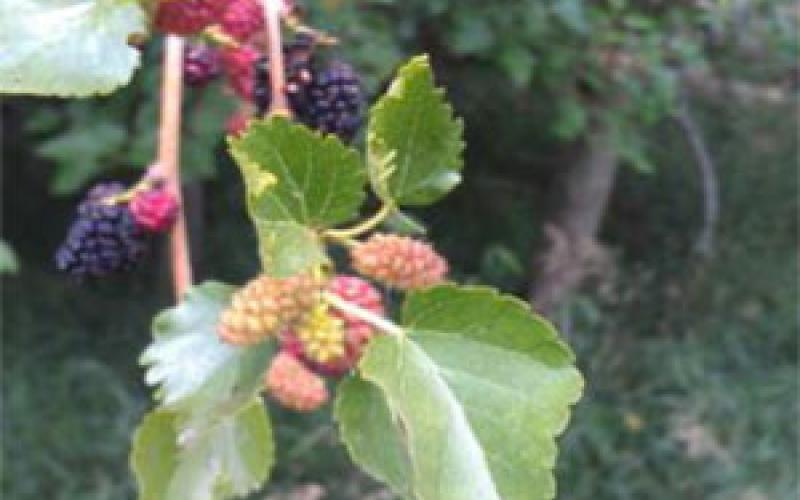
Mulberry Trees
Every year about this time I received a few samples of mulberry trees. This is a very common tree in South Dakota, not so much from being planted by people but from birds.

Healthy Seeds Make Healthy Plants
Saving seeds is a fun and economical way to produce plants for the next year. There are concerns however when saving seeds about seed-borne diseases.
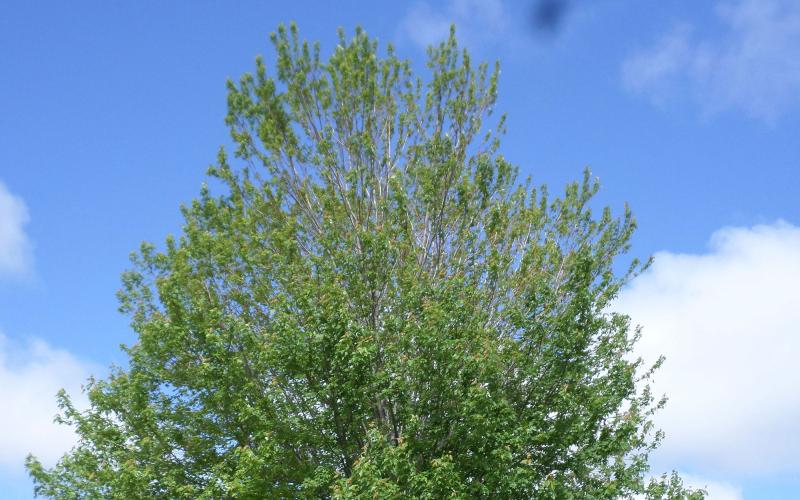
Maple Trees Looking Thin at This Time
Many of our maple trees are looking thinner at the tips of their canopies. The foliage in the lower, interior of these trees is dense, but when you look up at the tops, the leaves appear fewer and there are noticeable gaps at the base of the new shoot.
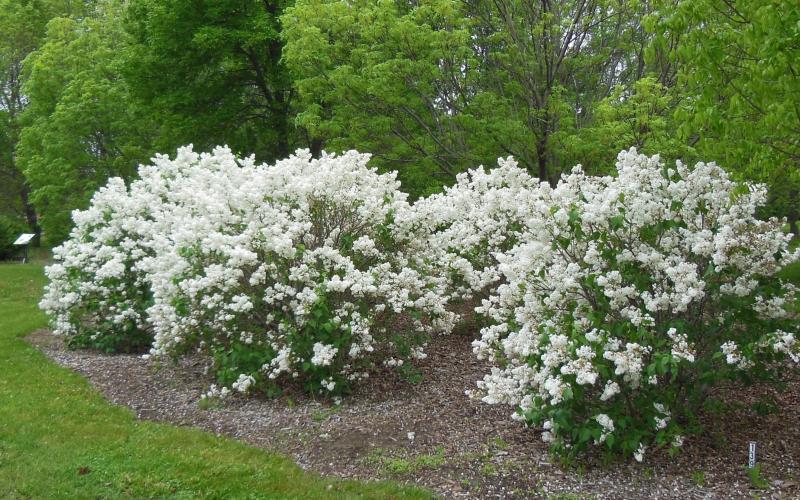
Lilacs Are Looking Good This Spring
Lilacs are one of those plants whose lovely flower clusters and sweet fragrance are anticipated by gardeners in many parts of the world, but especially in the colder regions of the United States, Europe and Asia.
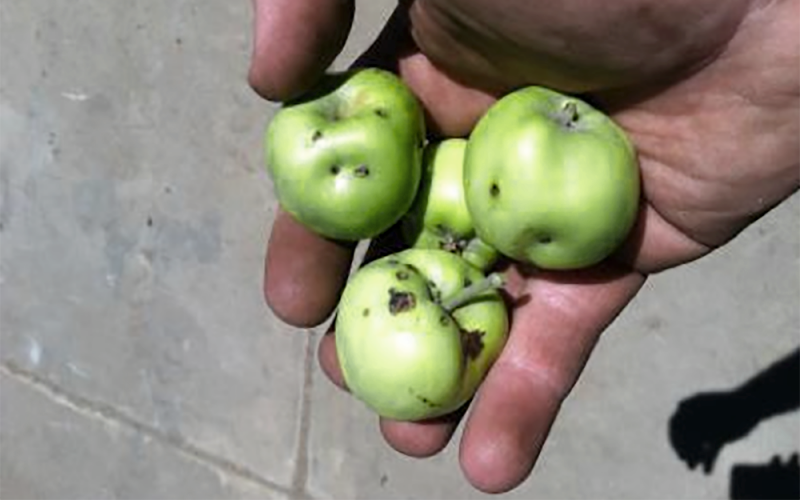
Apple Issues
Learn to identify and manage common apple tree issues including: apple maggot injury, apple scab, cedar apple rust, and fruit cracking.
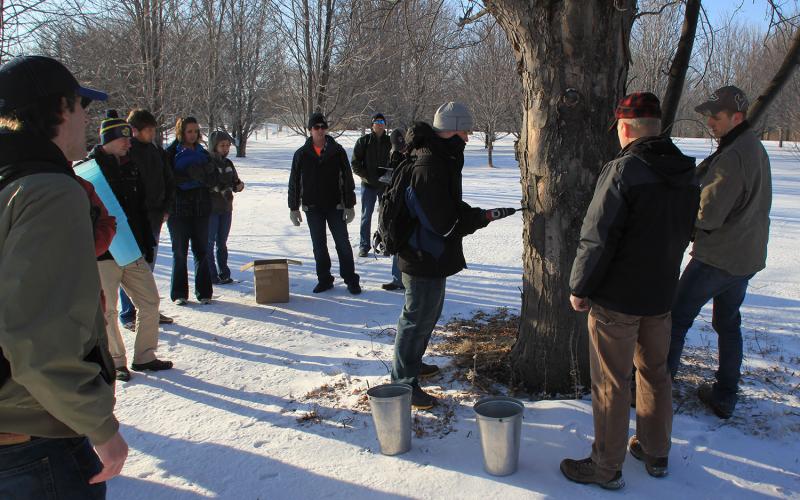
Harvesting Maple Syrup in South Dakota
As the weather warms in late winter and early spring sap in maple trees begins to flow. For many people that live in the Northeastern part of the United States, that means that maple syrup season has arrived.

How to Remove a Stump
Spring is the time of the year when people get around to remove trees from their yard.

Planting Bare-Root Trees
Bare-root is an excellent means of planting a tree.
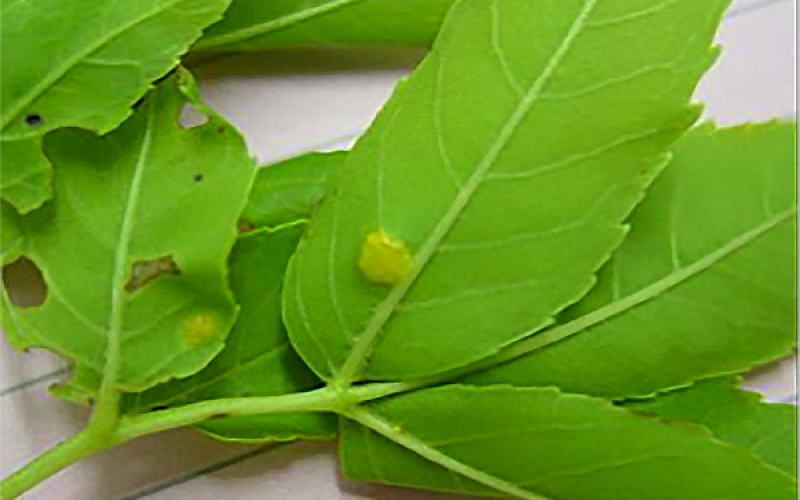
Tree Rust Diseases
Ash rust and crown rust are two common rust diseases that impact South Dakota trees.
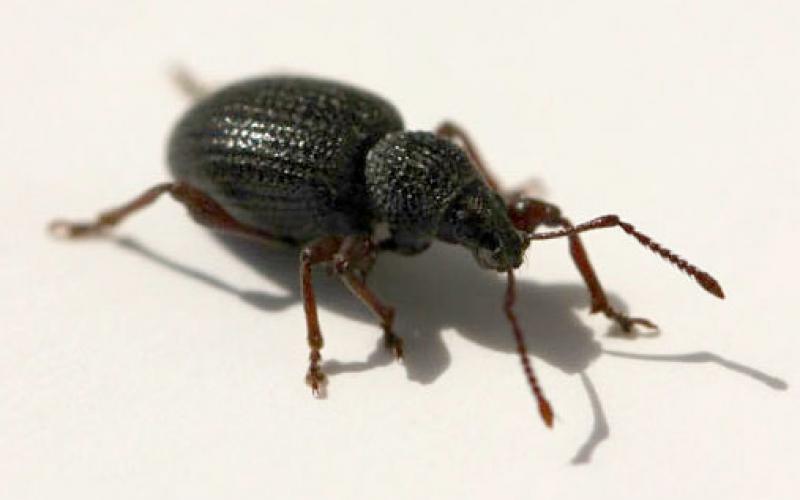
Root Weevils: Accidental Invaders
The latest insects to find their way inside South Dakota homes are the root weevils, a kind of beetle characterized by a distinct snout on the front of its head.